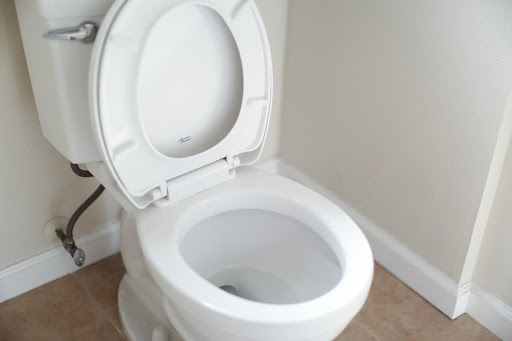Septic tanks are not common, and most people are not familiar with septic systems let alone septic tank installations. The whole process may seem daunting; however, you are assured of a smooth process with the right service providers, such as Kelley septic service. However, here are some of the things you need to know before installing septic systems.
- Ensure that your local government is aware and get approval
An approval to construct and an approval to utilize your septic system are required before installing your septic tank. An application must be filed to your local government or the Executive Director, Public Health, together with all required documentation. You can start building your septic tank and leach drain after you’ve received clearance to do so. It should be noted that proceeding with construction or installation without obtaining consent from the proper regulatory bodies is considered a crime.
- Access land capability
Accessing land capability involves evacuating the soil and examining if your land can support your septic system. Your land has to be accessed to confirm that it matches the demands of your septic system. The capacity of soil to efficiently absorb, cleanse, or dispose of pollutants in the effluent, as well as the ease of excavation in preparation for installation, flood danger, and water pollution risk, are all factors that are considered when determining land capability.
- Consider your options for the septic tank
There’s a variety of septic tanks available in the market today, and they now have additional possibilities, such as lightweight poly septic systems and fiberglass. Therefore before you get into the installation process, ensure you research the various available types and match your land capabilities. For instance, You may require a more complex system to efficiently treat your wastewater, depending on your property’s soil type and groundwater conditions. Therefore, request a list of septic system choices from your local municipality.
- Make yourself knowledgeable on septic maintenance early enough
Once you’ve determined which septic system is best for you, please get to know how to maintain it properly. It’s best to do this ahead of time so you can budget for the subsequent maintenance and installation charges.
- Choose the best installers
It’s critical to select an installer who will provide value to your project. Choose someone trustworthy and who will provide you with accurate information to make an educated decision. Look for a company that installs and maintains or pumps septic systems. If he (or she) understands there’s a chance he’ll be back for regular maintenance; he’ll be more motivated to get the job done right the first time. Find an installer who will check your site first and base his fee on your property’s particular circumstances for an accurate quotation.
- Ensure you ask for installation records
It doesn’t hurt to ask for an as-built map from your installer once the installation is complete and all essential permissions have been obtained, allowing you to utilize your septic system securely. Any installation documents you can collect, such as receipts, permits, and so on, should be saved for future reference.
In summation,, installing a septic tank is more than just digging up the land and intslling it. It also includes approval and choosing the right installer.



















